I’m very happy to welcome Jason Hewitt to my blog this morning. I read his debut THE DYNAMITE ROOM and was so impressed by the quality of the writing – measured and beautiful prose with an uncanny skill for description, to make the reader feel as if they’ve stepped into that room, or is standing on that hot road in the English countryside.
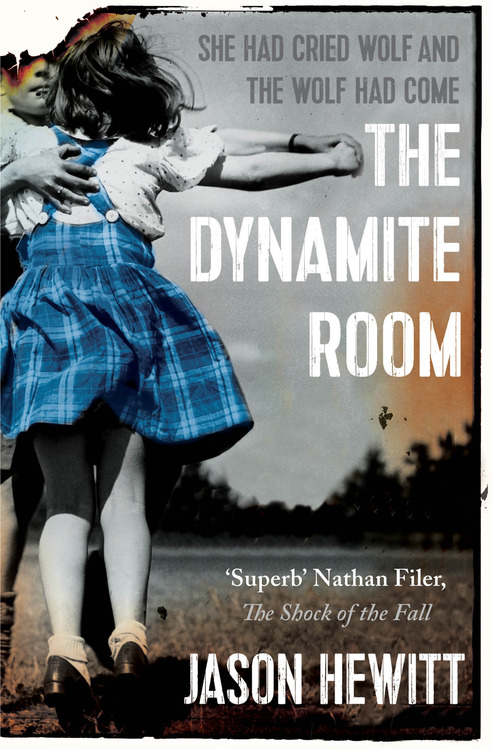
I asked him a few questions about the book – longlisted for the Desmond Elliott Prize 2014 & publishing in the US & Canada on March 17th – and this is what he had to say, accompanied by a lovely selection of images, all chosen by Jason himself.
[1] What is it about war that attracts you as a novelist?
I think the obvious attraction of war for any novelist
is that it provides endless opportunities for drama but also an inexhaustible
vat of stories. It also allows otherwise ordinary characters to be forced into
situations where they have to do extraordinary things. When you put people in
extreme situations like that their true characters are often revealed. It
strips the layers away and shows the truth about individuals – whether, when
push comes to shove, they survive or crumble, are heroes or villains, or
something in between. World War Two, in particular, attracted me because in
some way it touched and changed every person living at that time regardless of
who they were. I wanted to investigate how my two main characters (Lydia, an
eleven-year old evacuee, and my German soldier, Heiden) had already been altered by the war, and how, over the
five days they spend together, they also change each other. When writing about
World War Two in particular, there is some security for the writer, in that
there is still an unquenchable thirst for it amongst the reading public. This
creates a very crowded market though, with countless WW2 novelists like myself
vying for attention. The trick is finding a story that sheds new light on the
war or views it from a slightly different perspective. That said, I didn’t know any of this when I
first came up with the idea; all I knew was that I had a set-up that excited me
and that it was a story that I hadn’t been able to find already on the
bookshelves.
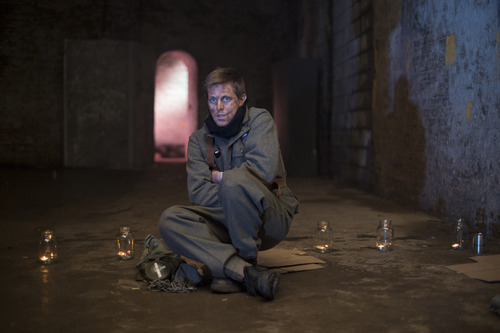
Gareth Ryan-Bennett playing Heiden at The Dynamite Room launch.
[2] The novel’s structure is very varied in that it jumps
between different time periods and yet is very grounded in the girl’s house.
There is also a gradual and complex release of revelation as the story
progresses. How did you plan this and then write it? Did you write each part
separately and then rearrange, or was it written in the order it appears?
When you look at the narrative structure of, say, Michael Ondaatji’s The English Patient, it is incredibly
fragmented and complex, flipping from one storyline and timeframe to another
and then back again. With The Dynamite
Room I wanted to do something similar, and have at least half a dozen
plotlines that weave in and out of each other. Knowing that this would be quite
complex for the reader however, I purposefully introduce my different
narratives gradually and establish each one before I add another. The idea is
that over the length of the novel each plot line affects the others, propelling
each of them on, and each towards their individual climax. For this to work I
planned in some detail each of the threads, their twists and turns, and then
began to weave them together into some sort of comprehensive plan. Once that
was completed, I then wrote the novel in the order as it appears on the page
and as the reader would experience it so that I could then tell if there were
sections where the drama dropped. I’m afraid I’m a complete Excel spread sheet
nerd so once I’d written the first draft I created a worksheet where I laid out
the story scene by scene, a different cell for every plot point. I colour-coded
each narrative thread so I could see at a glance how each storyline was
distributed across the novel and if there were any points where one of the plot
threads was absent for too long and needed to be brought in again to keep it
fresh in the reader’s mind. Despite all that meticulous planning, when it came
to the editing stage there still needed to be some shifting things around. For me, writing a novel is like building a
machine. You can have all the right pieces – all the cogs and wheels and nuts
and bolts – but if you don’t put them in the right place and in the right order
the machine still refuses to work.
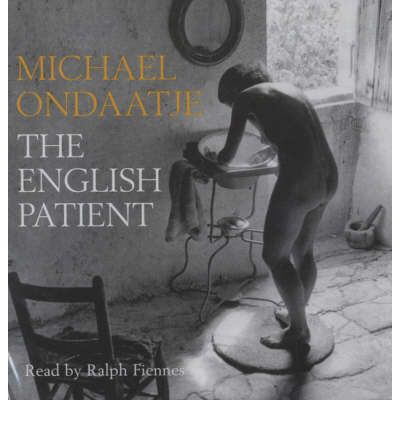
[3] There is a tremendous sense of place as if you, the writer,
have walked yourself round that house. How did you create that?
The house, Greyfriars, was an intrinsic part of the novel from the
offset and arrived in my daydreams about the story fairly fully formed. Most of
my initial thoughts about the plot were about the main storyline in Suffolk and
the more this plotline took shape, the more Greyfriars solidified around it.
Reasonably early on in the planning stage I spent a few days in Suffolk driving
around in the vain hope of finding a house that might suit the story’s
requirements but two days in (and a considerable amount of petrol), I realised
that my mind had already created a house so specific that nothing I could find
in the real-world could come to matching what I’d already imagined. To help
firm it up further I drew extensive house plans for it and each room, and did
research as to what was likely to be in them. I think it also helped that, as
with all children, a lot of Lydia’s memories come from the house. In many ways
Greyfriars becomes a haunted house, populated by memories of family members who
are no longer there. It’s a house that is boarded up, hot, dark and dusty, and
could quite easily be the setting for a gothic horror. I’m a huge fan of Susan
Hill, particularly The Woman in Black,
and there is no denying that her influence has slithered in between the boarded
slats at the windows of Greyfriars, turning what had been a home into something
more unsettling.
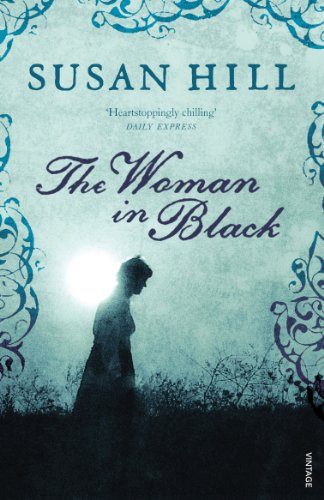
[4] What research techniques did you use for this novel? How did
you then incorporate that detail into the narrative? Did you look it up as you
went along or have a detailed plan?
I have a history degree so one of my favourite elements
of being a writer is reading up on the period and digging out facts. I spent
hours researching the war in general and then focusing in on the particular
themes and events that would form the backbone and ribs of my story. A lot of
this involved sitting in the British Library for days (weeks!) on end, but I
also visit museums, watch documentaries and films, or trawl the Internet. I’m a
firm believer in visiting the locations. I walk around pretending I am the
characters (no, really!), or just soak up the atmosphere, jot down ideas and
take copious photographs and notes. The
Dynamite Room took me to Suffolk but also to Berlin and Narvik, which is a
small town in Norway, 140 miles within the Arctic Circle. I had pictures of the
harbour battles that took place there in April 1940 between the British and
German navies but I wanted to see the place for myself.
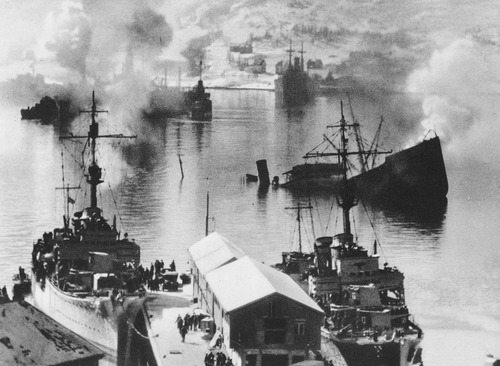
The remains of the harbour battle in Narvik, Norway, April 10th, 1940.
It was whilst getting
hopelessly lost in the mountains above the fjords that I stumbled, by pure
chance, on what would turn out to be a key location within the story. I would
never have found that in a book or on the Internet.
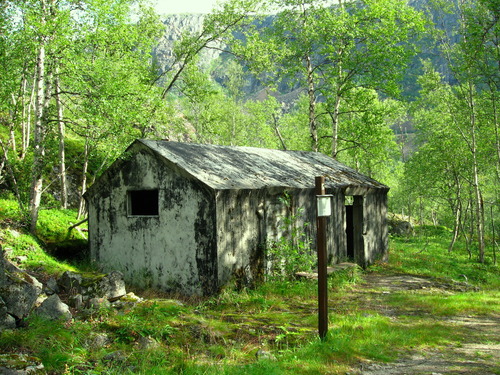
The dynamite store, Narvik, August 2009.
When
I thought I had enough information I added my historical notes to my plan for
each individual scene but invariably when I came to write them I left most of
it out. I find the research process is on-going, so although I do the bulk of
it before I start, I also stop to research things that crop up whilst I’m
writing, and then continue to research through the editing process too, in case
I find something that I suddenly realise I need. It’s frustrating that 95% of
what you research never makes it to the page, but if my character Lydia opens a
kitchen larder the reader doesn’t want to wade through a list of the larder
contents just to show I know it. You want her to take out the tin of Baxter’s
processed peas and get on with the damn story.

Ofotfjord, northern Norway, within the Arctic Circle.
[5] Your next novel coming in July is also set in WW2. Can you tell us about this book?
I certainly can. It’s called Devastation Road and will publish in the UK at the end of July.
It’s set during the closing days of World War Two in mainland Europe, and
starts with a man waking up in a field. He doesn’t know where he is or how he
got there. All he knows is that he’s injured and he’s wearing clothes that
aren’t his. He picks himself up and sets off on a journey through the
devastated wastelands of Europe trying to find his way home, and as he goes he starts
to piece together his life and his war.
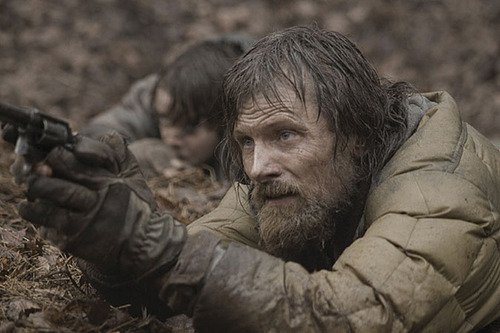
A scene from the film version of THE ROAD by Cormac McCarthy.
Whereas The Dynamite Room is very claustrophobic, Devastation Road is more of a road-trip. As my character makes his
journey he picks up a few travelling companions, each of whom has their own story
that becomes increasingly tangled with his own. It’s as much a love story as it
is a war story; and is not only about a man but a whole civilisation struggling
to return to consciousness after the nightmare of war. I’m pitching it as the
strange lovechild of Cormac McCarthy’s The Road and Christopher Nolan’s film Memento. Oh, and set during World War Two. Again, it’s the sort of
war story I’ve not come across before. Although perhaps that’s for good reason.
I guess only time will tell.
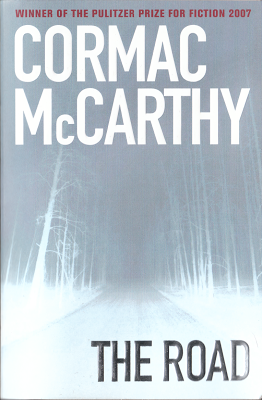
[6] And is Book 3 set during WW2 as well? If so, what is it
about this particular war that fascinates you? If not, what other wars or time
periods particularly interest you?
I can’t tell
you much about Book 3 as I hardly know myself, other than it will be set in the
1950s and is more about the long echo of war. It seems to me to be the natural
end point to what in my mind at least, with The
Dynamite Room and Devastation Road,
makes a three-book set. After that I’ll probably move to a different period.
I’ve a very specific historical event that I would like to write about which
would transport me to the mid nineteenth-century but that’s going to take a
hell of a lot of research so I’ve got a bit of time to think whether I can pull
it off. When I was studying history at university I was obsessed with the
mediaeval period so perhaps that might tempt me with something one day too,
particularly if it were set around the time of the crusades. The social,
political and spiritual contradictions of that whole movement fascinates me and
I’ve always said that if I ever held a historical fancy dress party I’d go as
Richard the Lionheart. That said, I’m not sure I’m of the right build to be
lugging around all that chainmail.
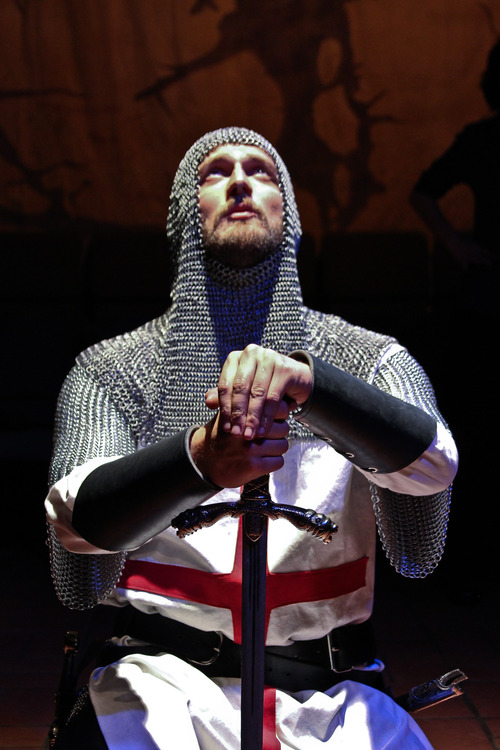
Thanks so much to Jason for his fascinating answers and the brilliant images he provided. We have some favourite stories in common, as I count THE ENGLISH PATIENT and THE ROAD as two narratives that affected me deeply as a writer. In fact, next week author Louise Walters and I will be discussing MOON TIGER by Penelope Lively on the blog, and THE ENGLISH PATIENT came up prominently in that discussion. It seems a story that has a long reach on quite a few writers, particularly those of us who are somewhat addicted to tales from World War 2…
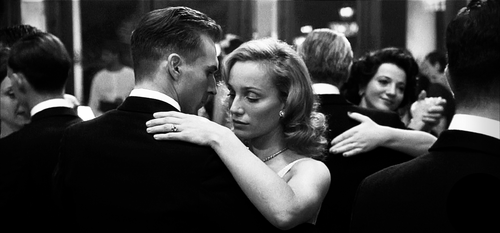
Best of luck to Jason with his new book DEVASTATION ROAD – I’ll be interviewing Jason again when it comes out and I’m very much looking forward to it.
You can find Jason on social media here:
https://twitter.com/JasonHewitt123
and on his website here:
